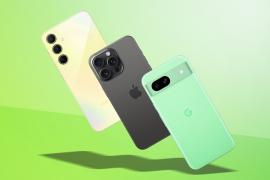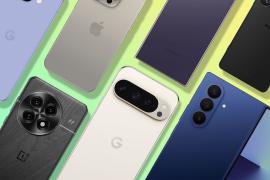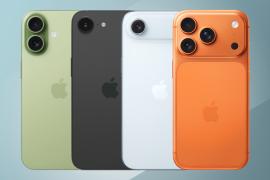The Oppo Find X8 Ultra is my favourite 2025 flagship for photography – but there’s a key drawback
This China-only stunner takes superb snaps. If only it was easier to buy
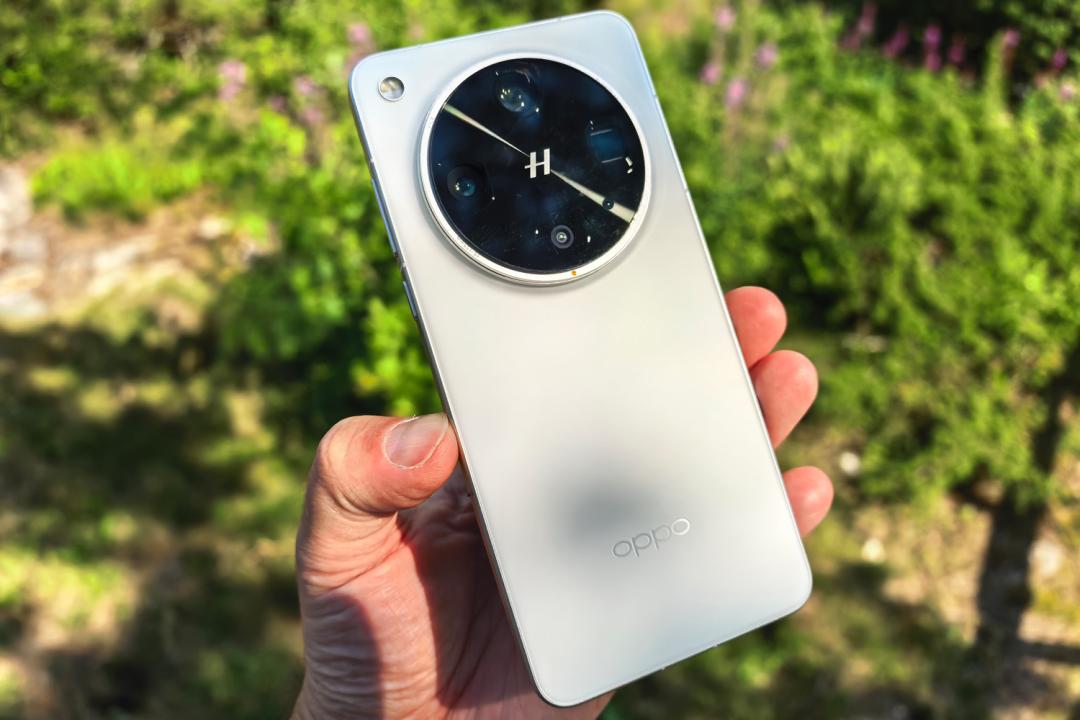
Stuff Verdict
Comfortably one of the best cameraphones you can buy in 2025, with top-tier power and longevity. The Oppo Find X8 Ultra’s China exclusivity and region-specific software sadly hold it back, though.
Pros
- Astonishingly clear photos in all lighting conditions
- Flagship-grade performance and fantastic battery life
- Gorgeous flat OLED display
Cons
- Only officially available in China
- Regional software restricts things like Wear OS support
- Camera button feels a bit “me too”
Introduction
Westerners aren’t short on options when it comes to picking the best smartphone, but for a few years now hardware-obsessed shoppers have been forced to turn to China to get their fix. Xiaomi, Vivo, Huawei and Oppo have been leading the charge for oversized sensors, tremendous telephotos and algorithms that get close to analogue film, but not all of them ever leave home.
The Oppo Find X8 Ultra is the latest China-only flagship, with what some would argue is the greatest rear camera setup of any smartphone. A 1in lead lens and twin telephotos take top billing, with a colour-conscious spectral sensor and expansive ultrawide also on board. Factor in the top-tier Snapdragon silicon and one of the biggest batteries of any flagship on sale right now, and it’s easy to see why fans are keen to import one – despite some local market software stumbles.
It launched back in April, but I’ve only recently managed to get my hands on one. Was it worth the wait? After spending a month with the Find X8 Ultra as my main device, its software limitations aren’t nearly as cumbersome as I expected – but as much as I’ve been blown away by its cameras, the limited availability is hard to ignore.
How we test smartphones
Every phone reviewed on Stuff is used as our main device throughout the testing process. We use industry standard benchmarks and tests, as well as our own years of experience, to judge general performance, battery life, display, sound and camera image quality. Manufacturers have no visibility on reviews before they appear online, and we never accept payment to feature products.
Find out more about how we test and rate products.
Design & build: simple pleasures

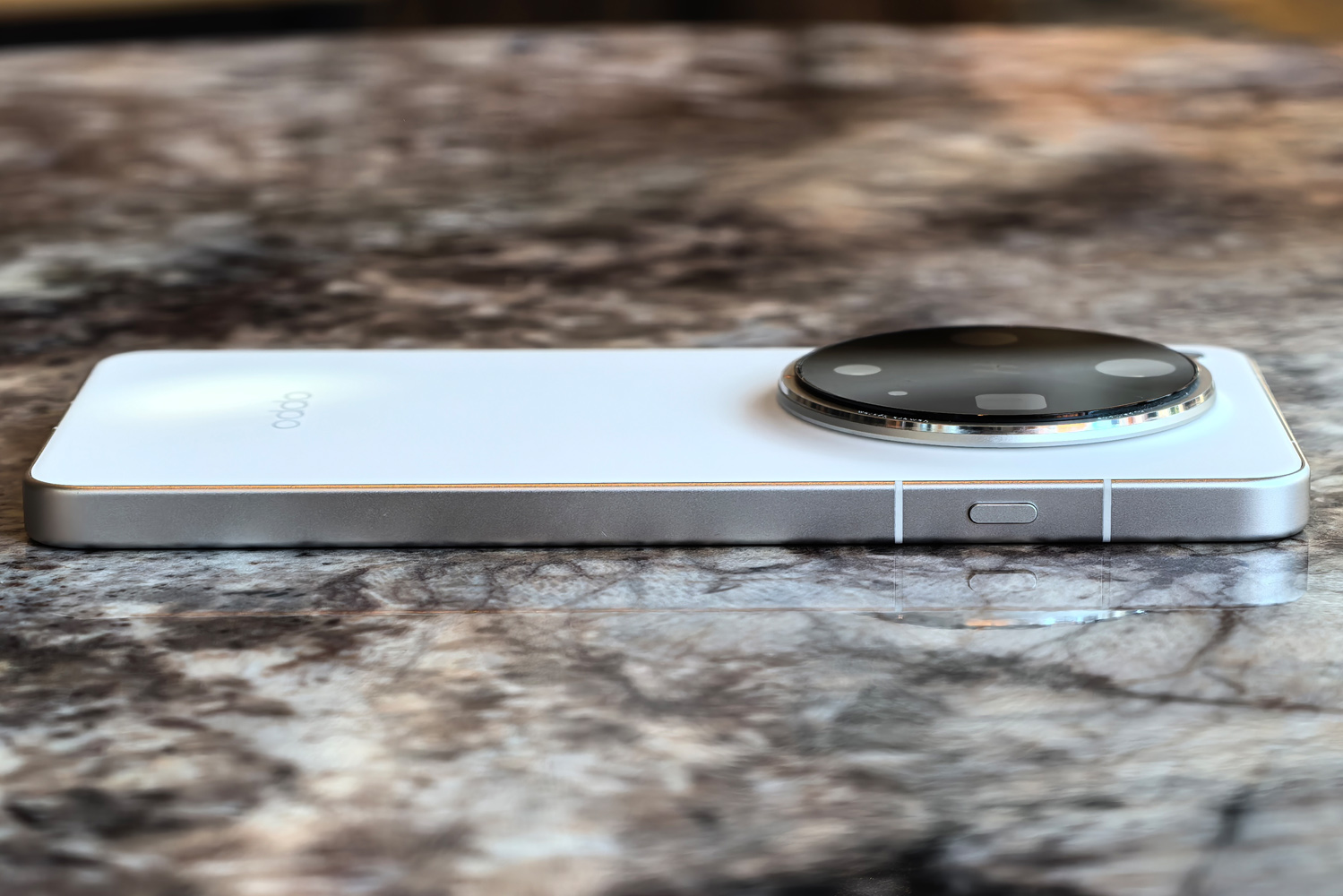
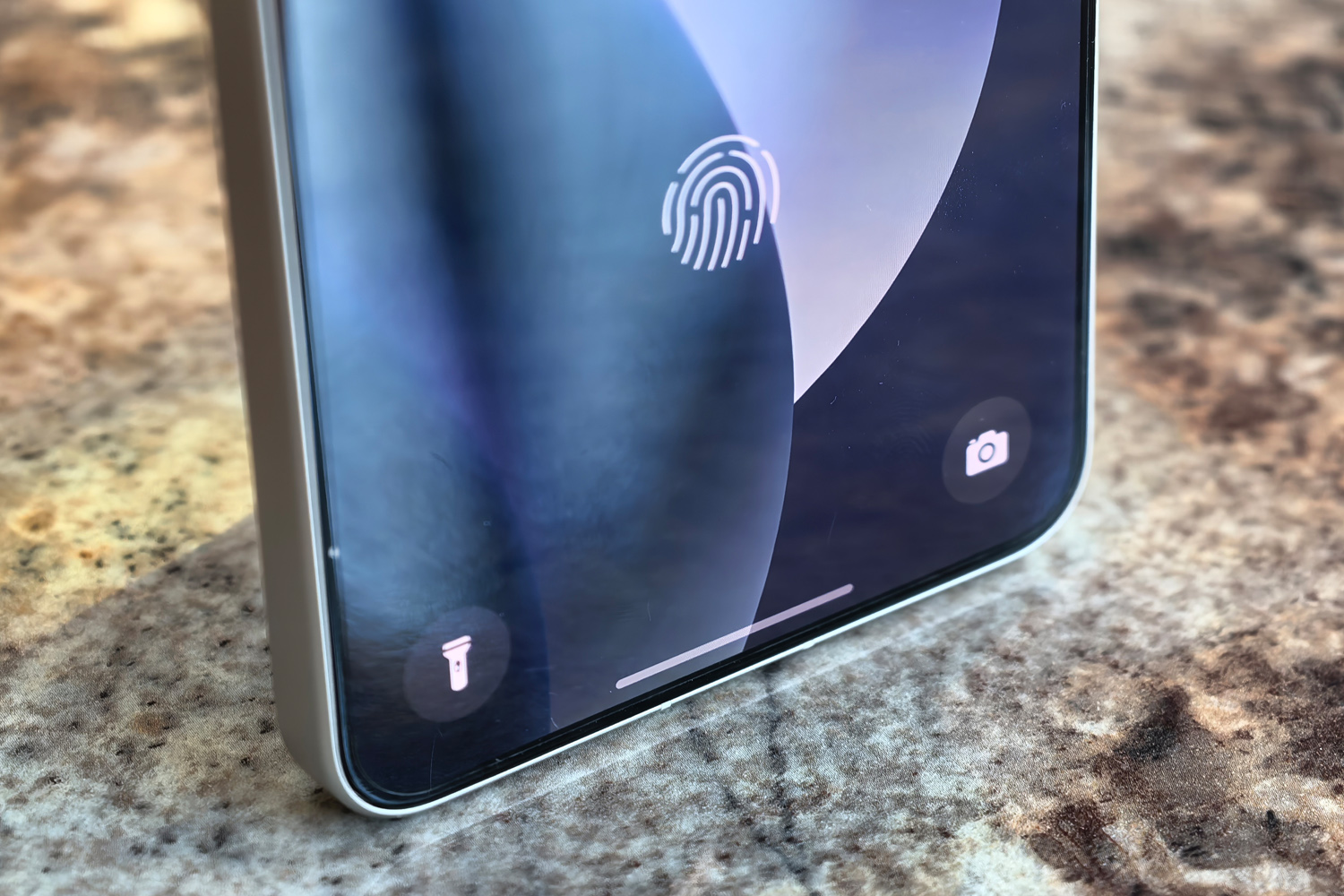
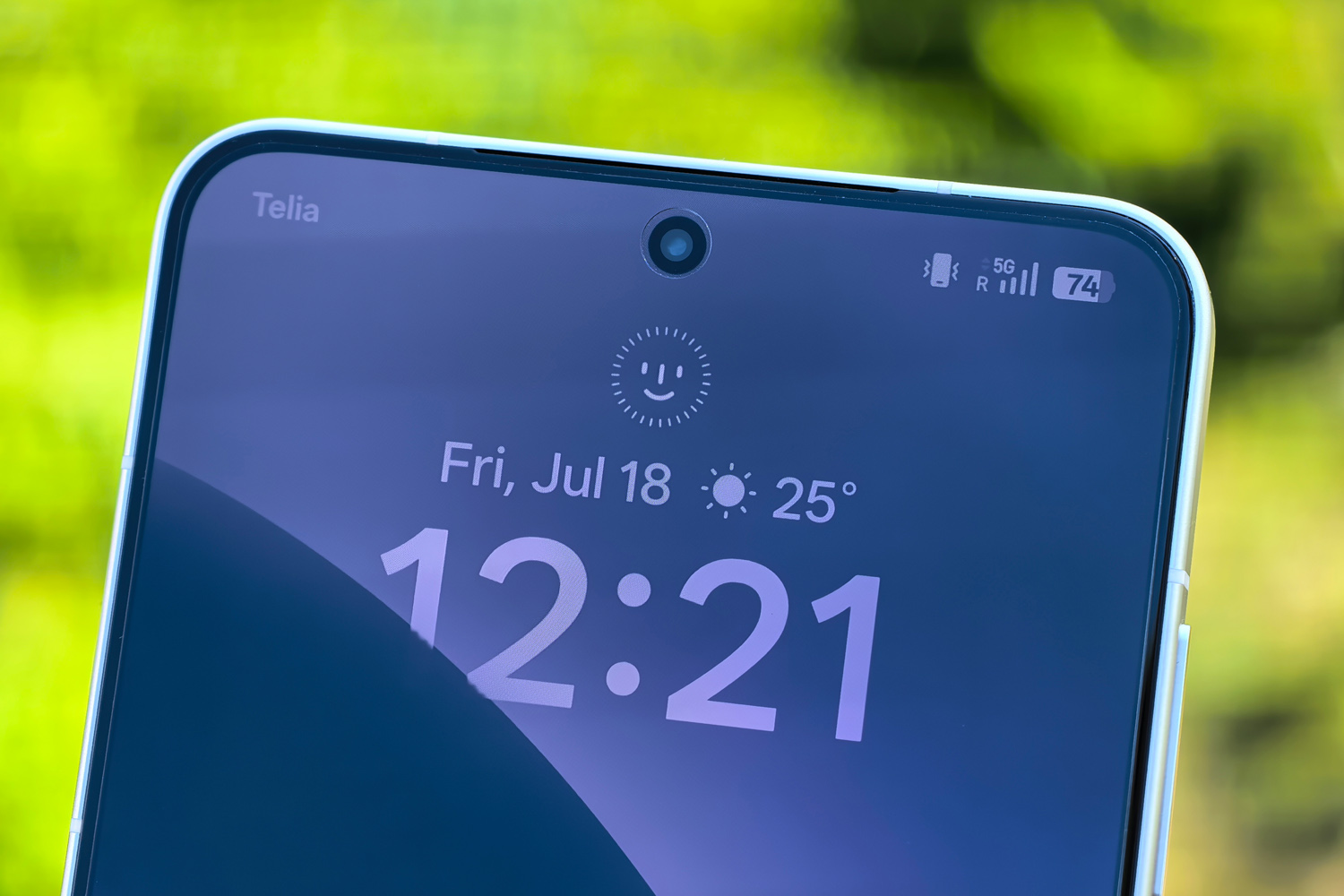
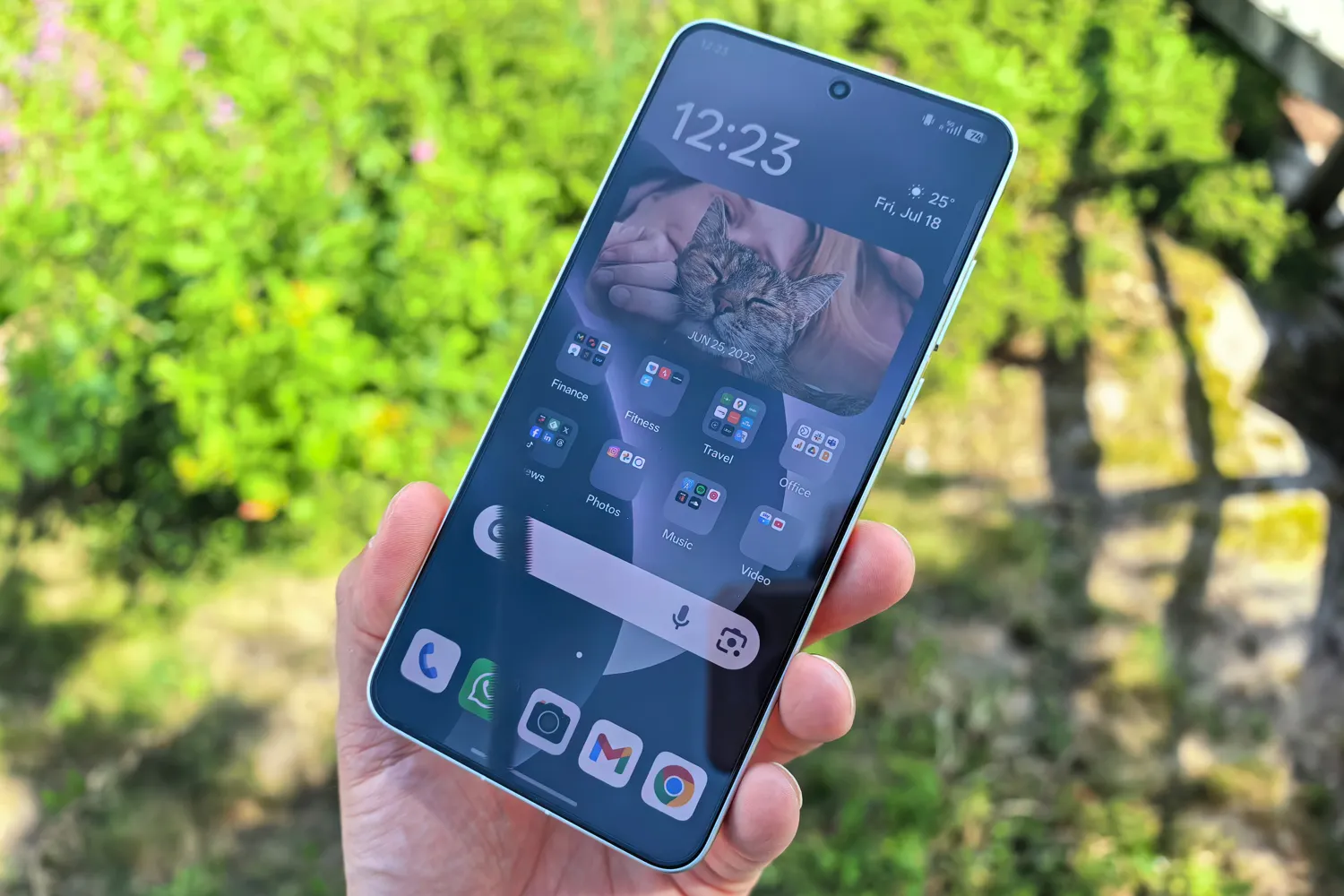
After several years of distinctive styling, faux leather finishes and two-tone colour schemes, the Find X8 Ultra is Oppo entering its minimalist phase. It doesn’t stray too far from the Find X8 and Find X8 Pro, with an aluminium central frame and matte glass rear panel that’s dominated by a giant circular camera island.
The sides are fully flat here, rather than slightly curved, though the subtle bevel at the edges helps it sit comfortably enough in your hand. At 226g this is a reasonably hefty phone, and it’s not exactly a slim one either – though it is more pocket-friendly than the Xiaomi 15 Ultra.
The ultrasonic fingerprint sensor was as rapid at detecting my digits as the very best smartphones, and I like how it sits almost a third of the way up from the phone’s base; it’s far easier to locate one-handed than some rivals that put their sensors too close to the bottom edge. There’s face recognition if you prefer, but only the type that’ll skip the Android lock screen. It’s not secure enough for banking apps.
My white review unit did a fantastic job at hiding fingerprint smudges, and the home-grown Crystal Shield Glass has held up very well against scrapes and scratches. Like a lot of its compatriots, the Find X8 Ultra gets both IP68 and IP69 protection – so accidental trips through the dishwasher, however unlikely, won’t be the end of the world. The other China-friendly feature is the IR blaster built into the phone’s top edge; handy if you have gadgets that can’t be controlled with an app. The lack of eSIM support might vex some Westerners, though.
The customisable Shortcut button on the left side of the phone is a sign of how closely Oppo is working with sister brand OnePlus these days. It’s virtually identical to the one seen on the OnePlus 13S, with roughly the same abilities. It can toggle between ring, vibrate or silent modes, activate Do Not Disturb, toggle the flashlight, record a voice note, take a screenshot, open the translate app, or wake the camera. There’s no way to have it launch any other apps though, which is a shame.
I never saw the point in using it to open the camera, either, because the Find X8 Ultra also has a capacitive camera button on the right side. It’s just as awkward to reach as Apple’s Camera Control button, though, and not quite as useful. A double press takes you straight to the camera app, where a press will take a still and sliding your finger controls zoom level – but only when holding the phone in landscape. I’d prefer if it could toggle between lenses to avoid any digital upscaling.
Screen & sound: shine on
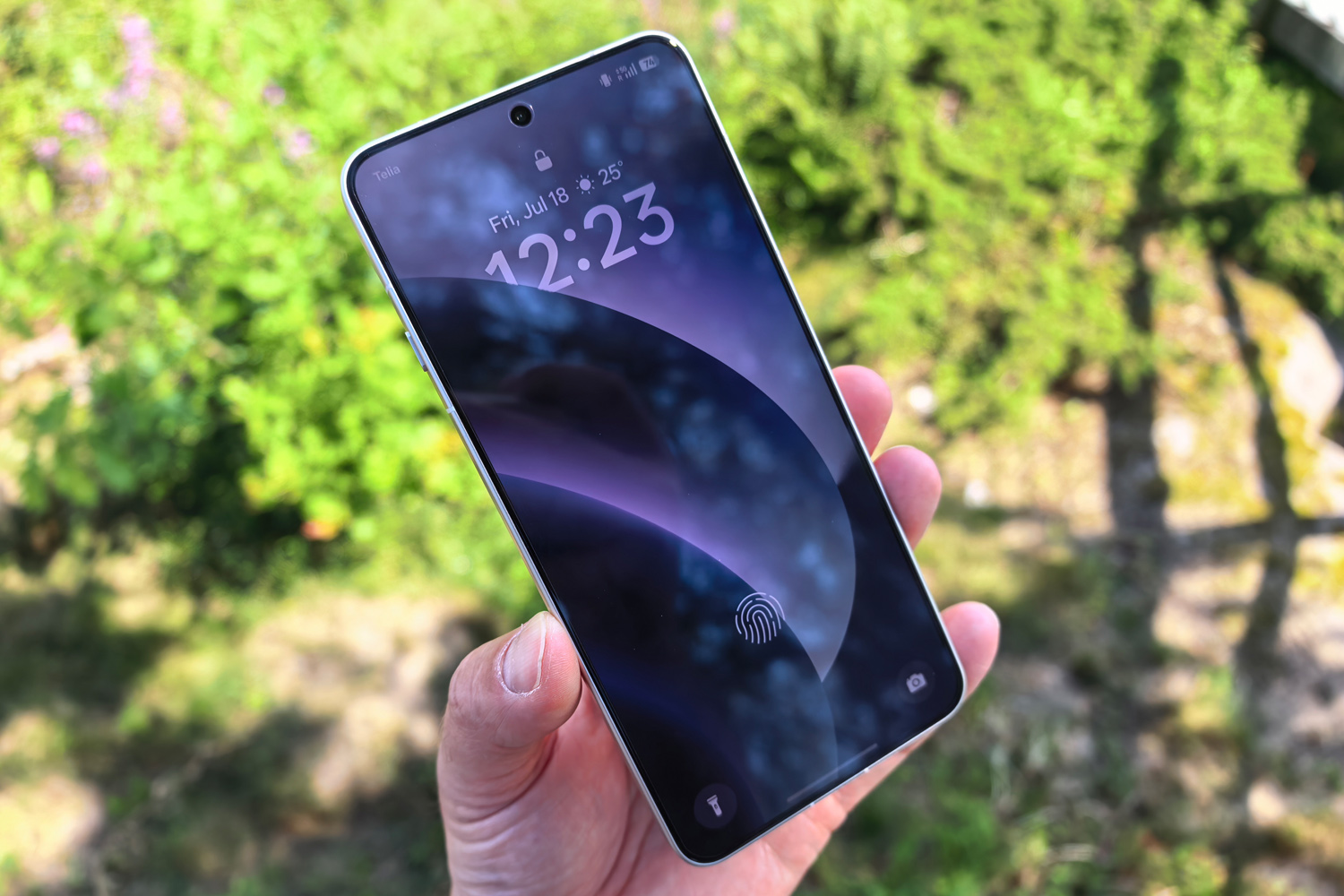
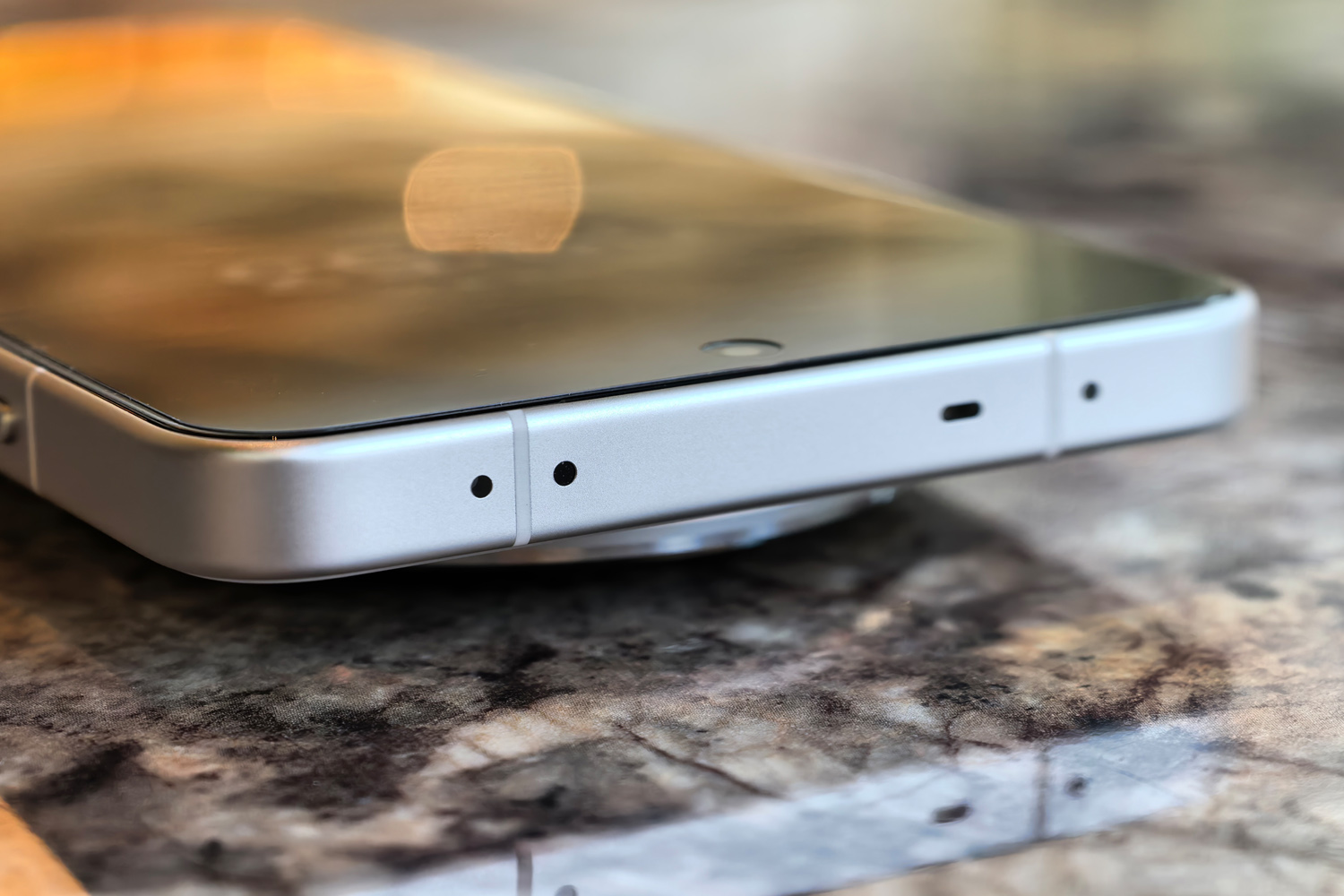
On paper, there’s not much to split the Find X8 Ultra’s display from the outgoing Find X7 Ultra’s. Both have palm-stretching 6.82in panels, both have impressively pixel-dense 3168×1440 resolutions, and both have 1-120Hz LTPO adaptive refresh rates for the best balance of smooth motion and power efficiency.
But while the last-gen phone stuck with curved-edge glass, despite it having fallen out of favour elsewhere, the new model abandons it in favour of a fully flat display. Ultra-slim bezels on all four sides help minimise its footprint as much as possible, and viewing angles are top-tier. The punch-hole selfie camera isn’t really a distraction either.
Dolby Vision, HDR10+, Oppo’s ProXDR picture format and Google’s Ultra HDR are all supported, putting punchy highlights alongside deep shadows when showing compatible content. Peak brightness has taken a step back from the Find X7 Ultra’s heady 4500nits, but a claimed 2500 nits is still pretty potent. Combined with the impactful colours you expect from OLED, visuals really pop no matter what you’re looking at. While it can’t match the Pixel 9 Pro XL in a face-to-face, there’s still enough shine here to make outdoor visibility a breeze – even while wearing sunglasses.
I also can’t really knock the speakers, which deliver clean and clear stereo sound. While not the absolute loudest I’ve heard, there’s a good balance between the down-firing main driver and earpiece tweeter.
Cameras: the best gets better
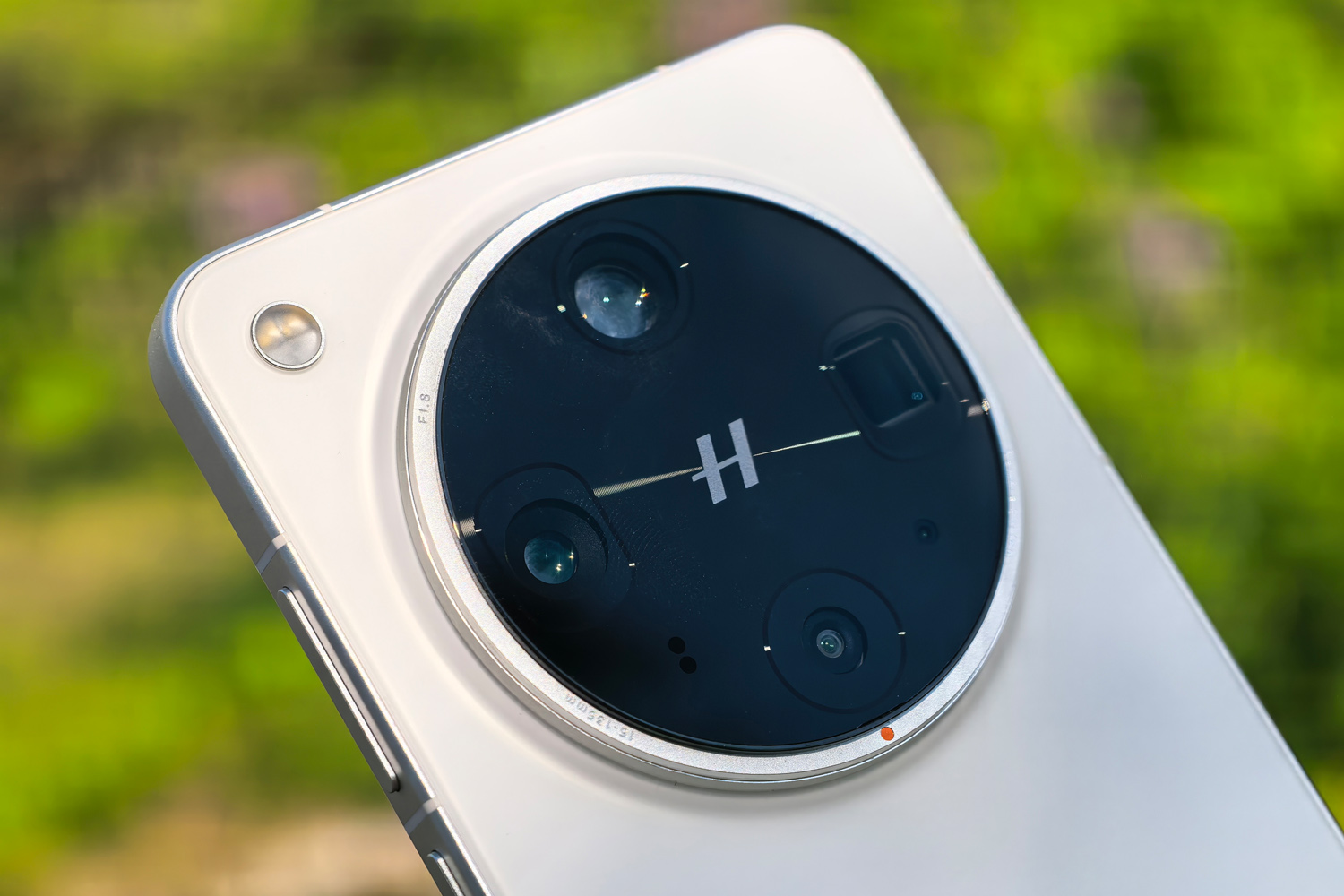
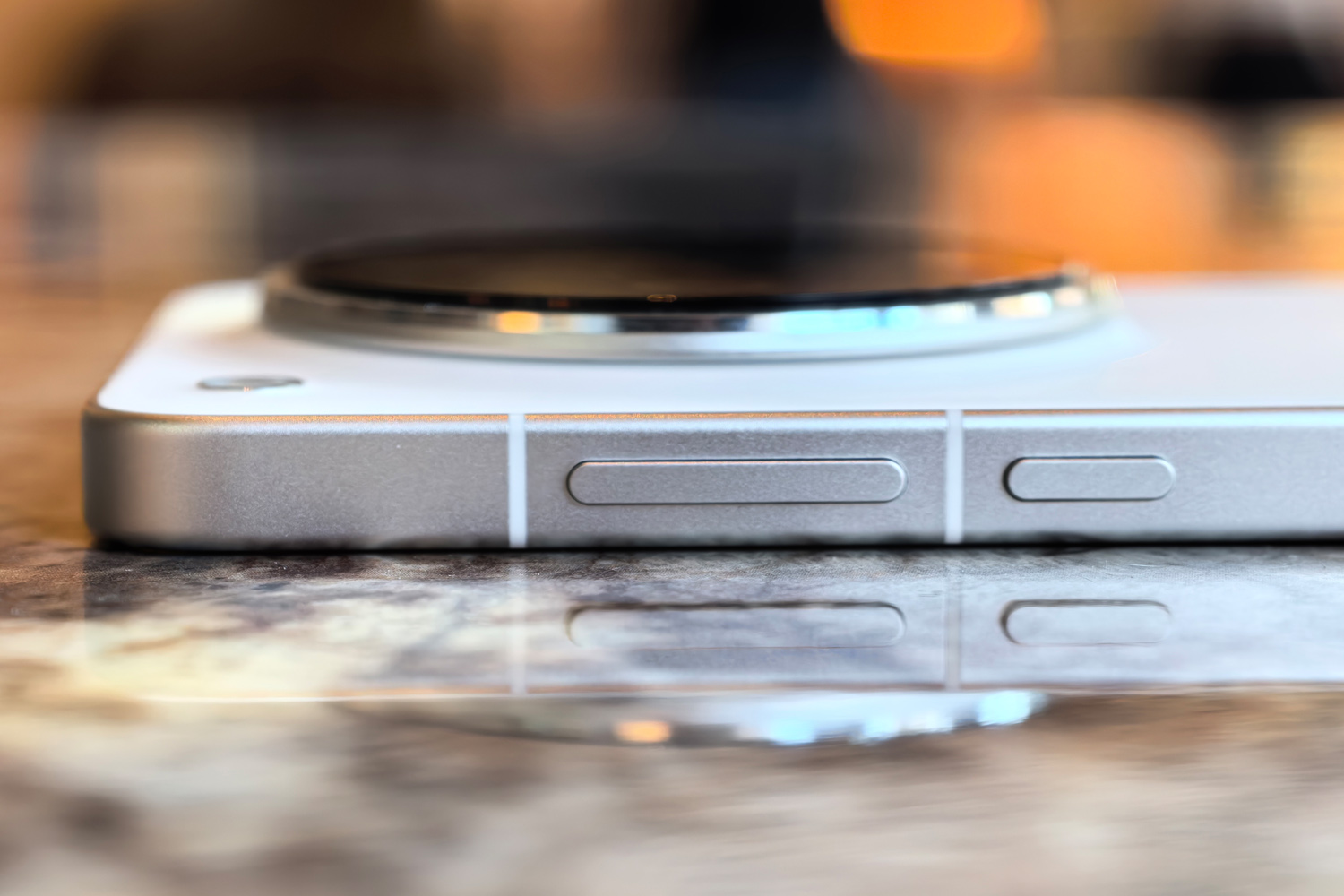
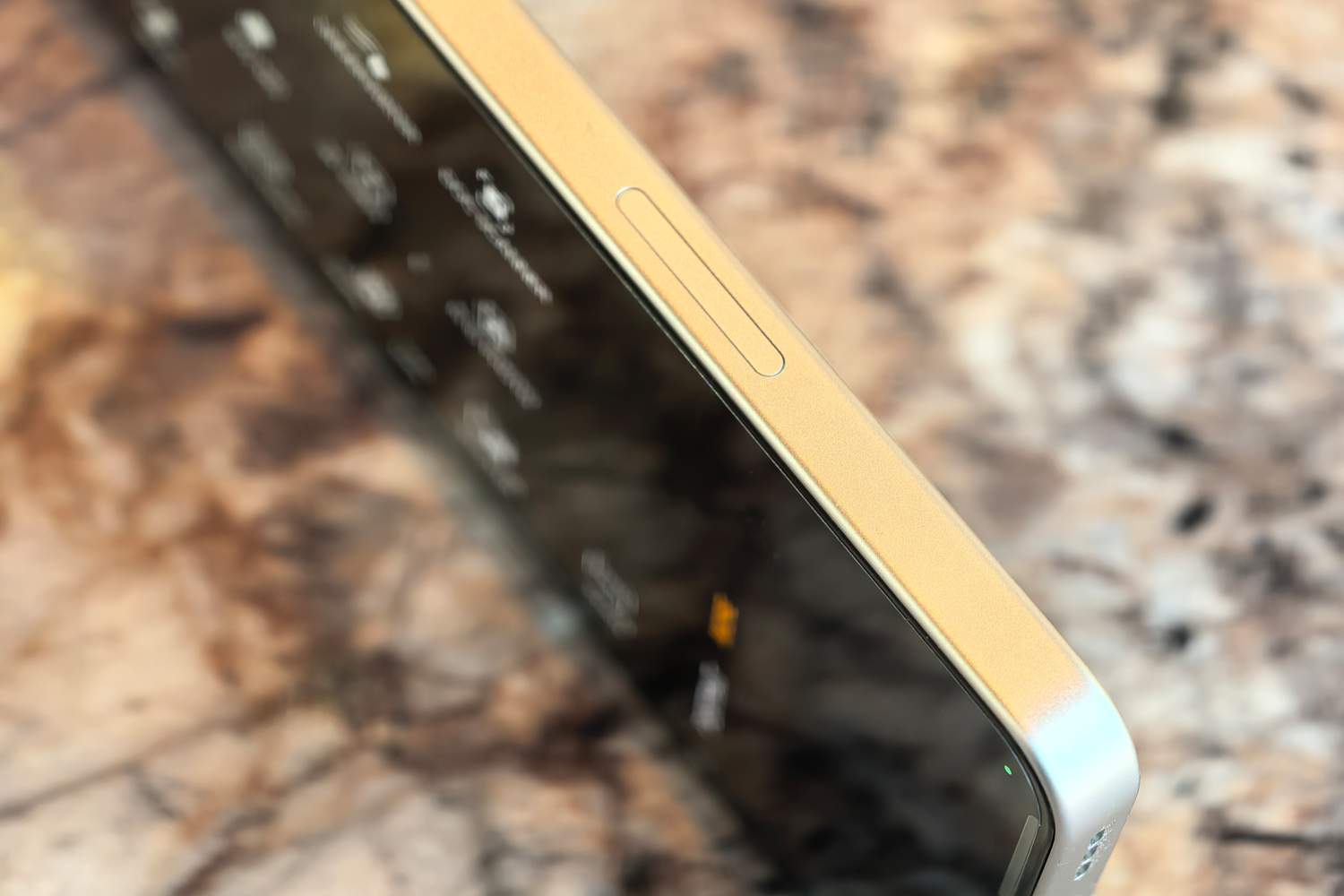
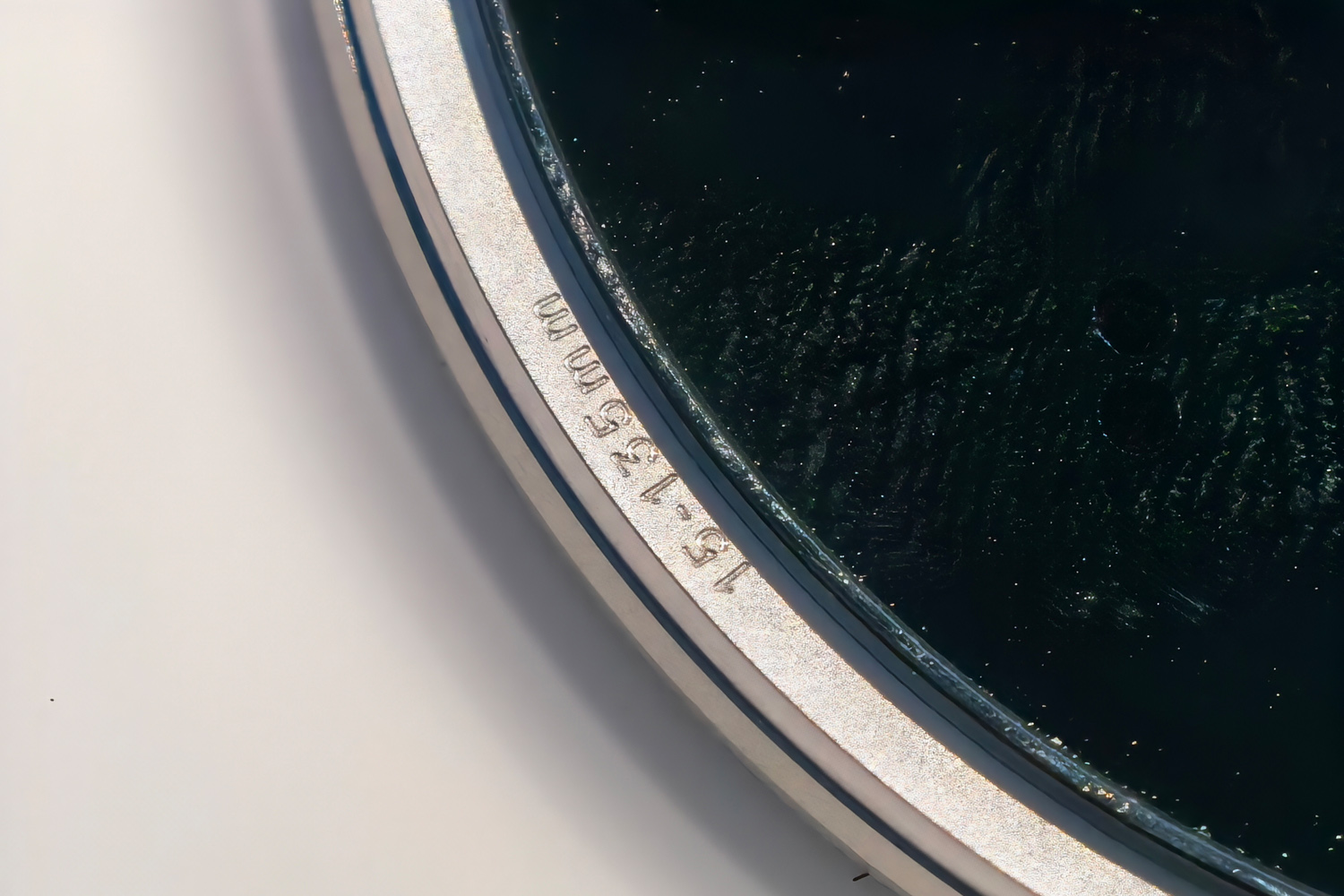
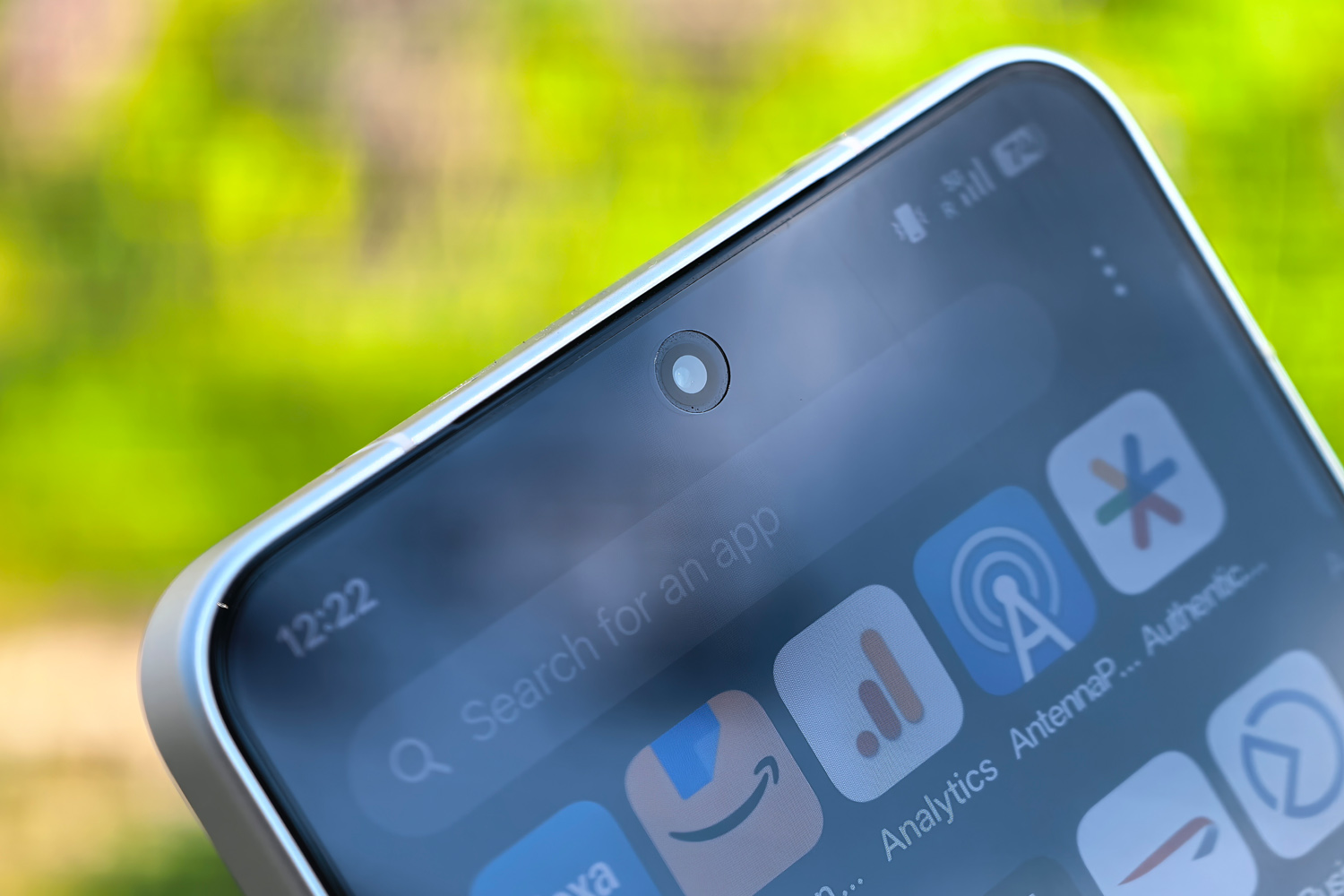
Given how the camera island monopolises the rear of the phone, it’s clear photography is the Find X8 Ultra’s main event. The circular colossus doesn’t protrude out as dramatically as some, but still finds room underneath for a 1-inch lead sensor, two periscope telephotos, and an ultrawide snapper, all with a 50MP pixel count.
The zoom lenses each use sensors far larger than the ones you’ll find on most rival smartphones, and the main camera’s 1in unit is physically as big as it gets on a phone – only Xiaomi and Huawei match it in 2025. The leg-up this gives the phone in low light conditions is dramatic, and means you’re able to get dreamy depth blur on close-ups that can rival dedicated digital cameras.
Equally important is the dedicated spectrum sensor, which splits scene into a grid and measures white balance multiple times, ensuring colours are convincing even when facing multiple light sources. Photography expert Hasselblad lent a hand with the colour science, and the image processing in general looks deliciously warm and film-like. And that’s before you start fiddling with the extensive manual mode or film simulation filters. The latter are incredibly easy on the eye, straight out of the camera.






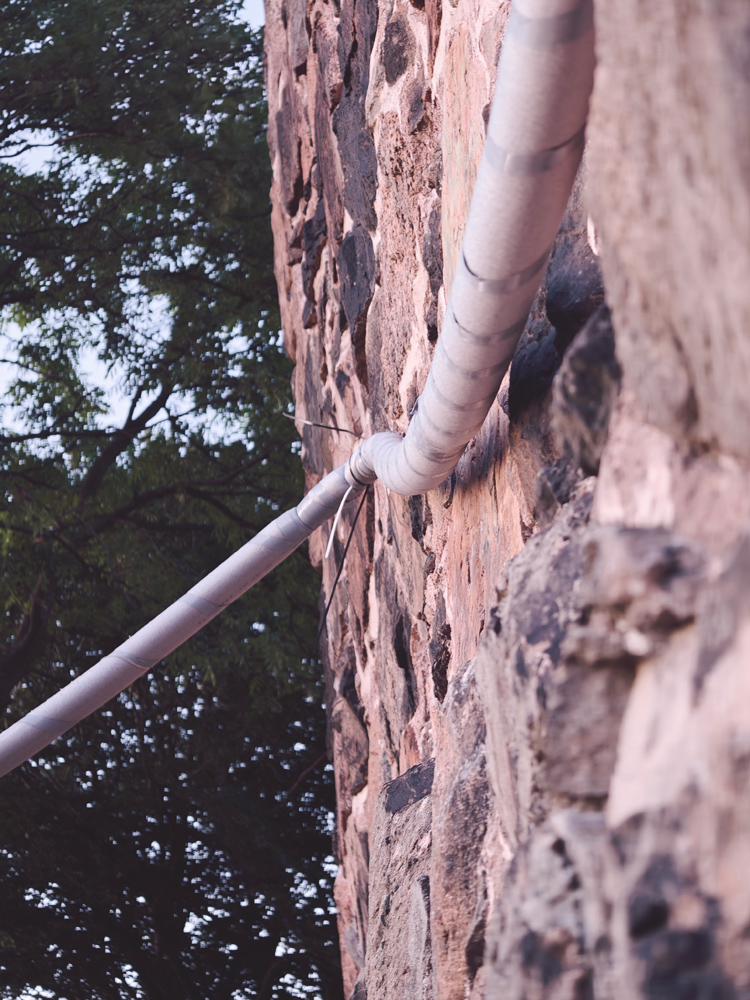
Even in the automatic mode, the Find X8 Ultra is simply the best phone for photography I’ve used in 2025. It delivers outstandingly clean and clear images across all four lenses, regardless of light level. The lead lens in particular is phenomenal, with the sort of detail and sharpness that put a lot of flagships to shame.
There’s a depth to portraits and close-ups you simply don’t get from phones with smaller sensors, colours are wonderfully well-judged, and I can’t fault the clarity on moving subjects. Contrast and exposure are handled brilliantly, with huge amounts of dynamic range. Extremely bright lights and areas of deep shadow are captured side-by-side.;










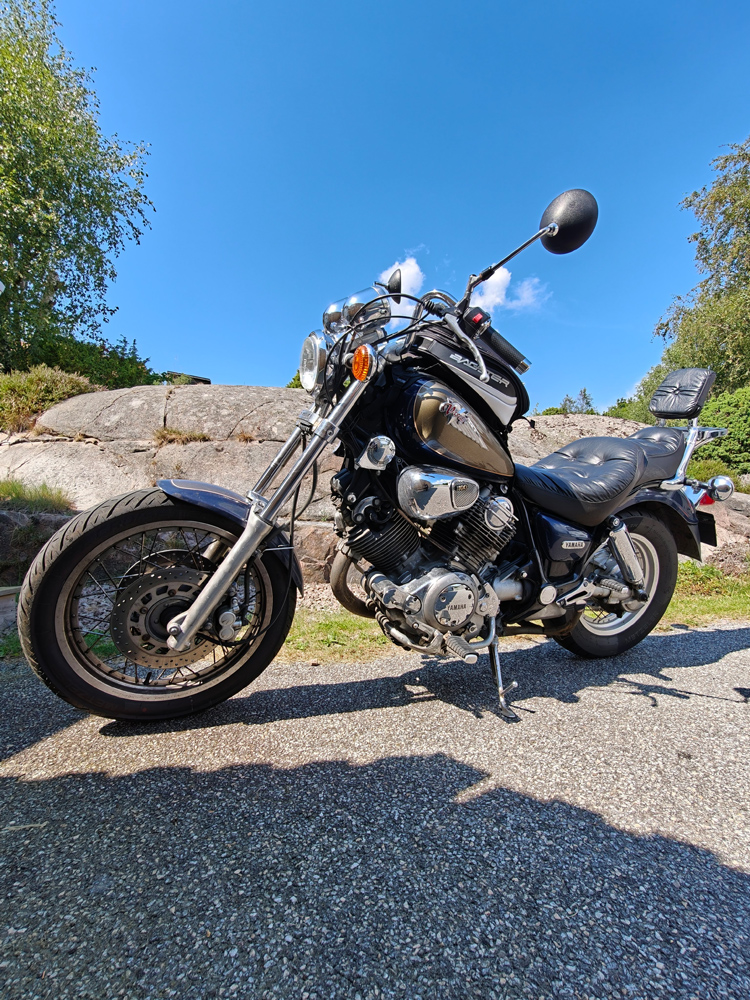







Macro close-ups using the 3x zoom lens are delightfully crisp and detailed, while at the other end of the scale the 6x lens achieves impressive clarity all the way up to 20x with digital upscaling. Going even further brings AI processing into the mix, but not the kind that creates objects which weren’t there in reality.
On other phones you’d need to use artificial portrait modes to achieve the level of background blur seen in the samples below; here they come naturally, and are fast enough to process that you don’t miss fleeting moments with animals (and in my case, hyperactive toddlers).




I took more shots with the 3x lens while on a recent trip than the other lenses combined, as it’s the ideal focal length for portraits and architecture. There’s a great colour consistency between it and the lead lens, and it maintains its performance once the sun sets. Being physically larger than many rival flagship zoom cameras certainly helps here.







The ultrawide isn’t nearly as jaw-dropping as the other three lenses, but that’s not to say it’s a bad effort; I’d comfortably put it on par with most of this year’s flagship phones, with only the Sony Xperia 1 VII doing any better. Same with the selfie camera up front; it takes first class photos, but ones that aren’t a major leap forward from rivals. Yet when they’re part of a package that otherwise impresses so much, it’s hard to grumble.
Performance & battery life: bring it on
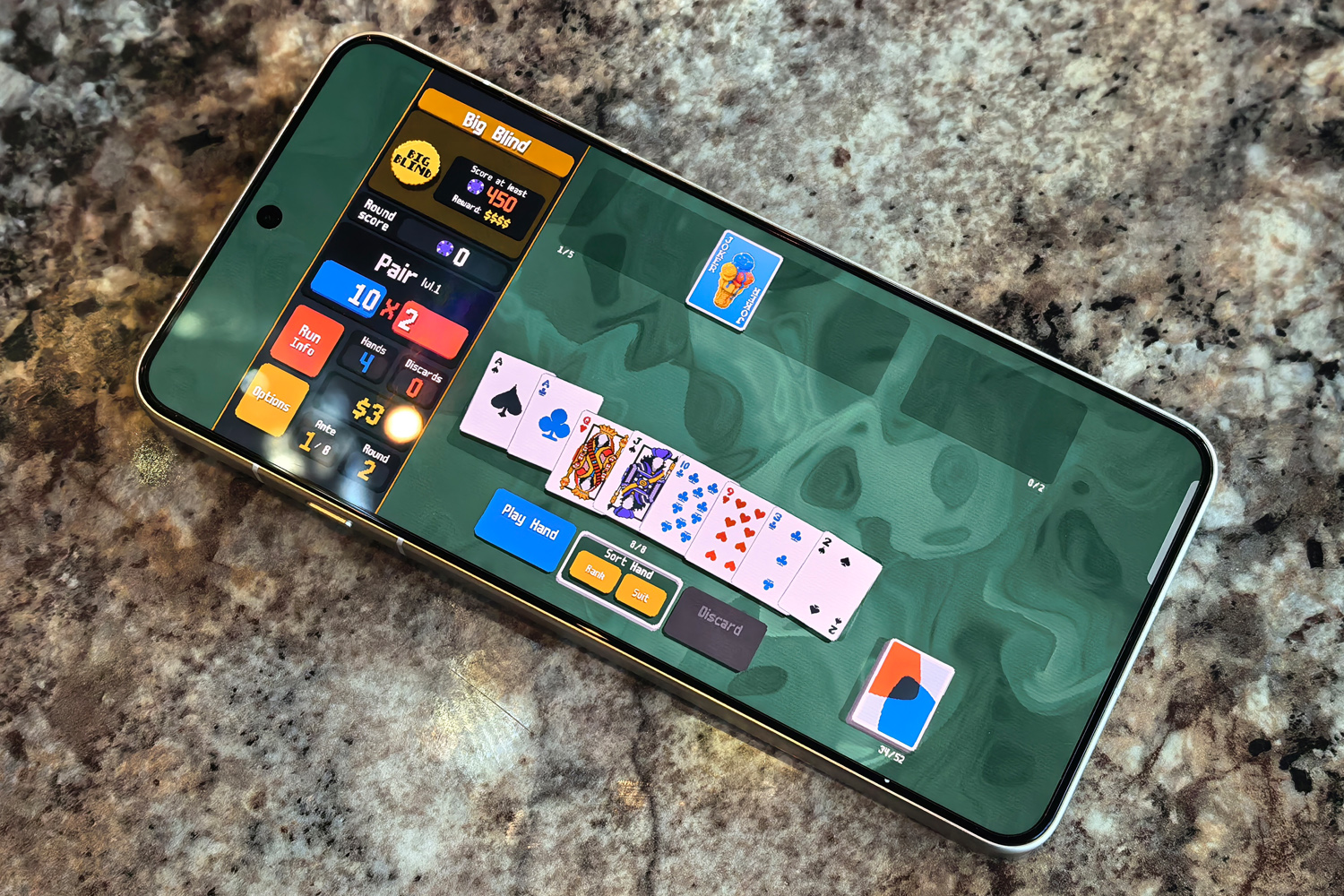

If you’ve got a need for speed, look no further than the Find X8 Ultra. With a Snapdragon 8 Elite chipset and 16GB of RAM on board, there’s no Play Store app this phone can’t handle. Synthetic benchmark scores put it up among the best flagship phones, for both 2D and gaming.
Effective cooling and power management mean performance doesn’t crater like it can on some rivals, and it consistently outperformed the “for Galaxy” version of the same silicon found in a Samsung S25 Ultra.
| Oppo Find X8 Ultra benchmark scores | |
| Geekbench 6 single-core | 2949 |
| Geekbench 6 multi-core | 9137 |
| Geekbench AI | 4516 |
| PCMark Work 3.0 | 18,136 |
| 3Dmark Solar Bay | 11,259 |
In daily use this phone absolutely flies, with zero stutter or slowdown. Apps load in a flash, multitasking is always smooth, and the rear panel never got uncomfortably hot even when the hardware was being pushed. My recent rotation of mobile games all put in sterling performances, with high frame rates free from lag or dropped frames.
Even more impressively, the Find X8 Ultra is able to keep this up without slaughtering its battery life. Oppo has been quick to adopt silicon-carbon battery tech, like a lot of Chinese phone brands, and the result is a mammoth 6100mAh capacity cell that’ll last a day and a half of use without any real effort. Steer clear of more demanding apps or games and it’ll do two days before needing to charge. That’s basically as good as it gets from a flagship phone right now.
Charging is equally impressive, with 100W wired top-ups needing just 44 minutes for a complete empty-to-full refuel. 50W wireless charging is up there with the best as well, being faster than a Galaxy S25 Ultra or Pixel 9 Pro XL can manage through a cable.
Software experience: far from home
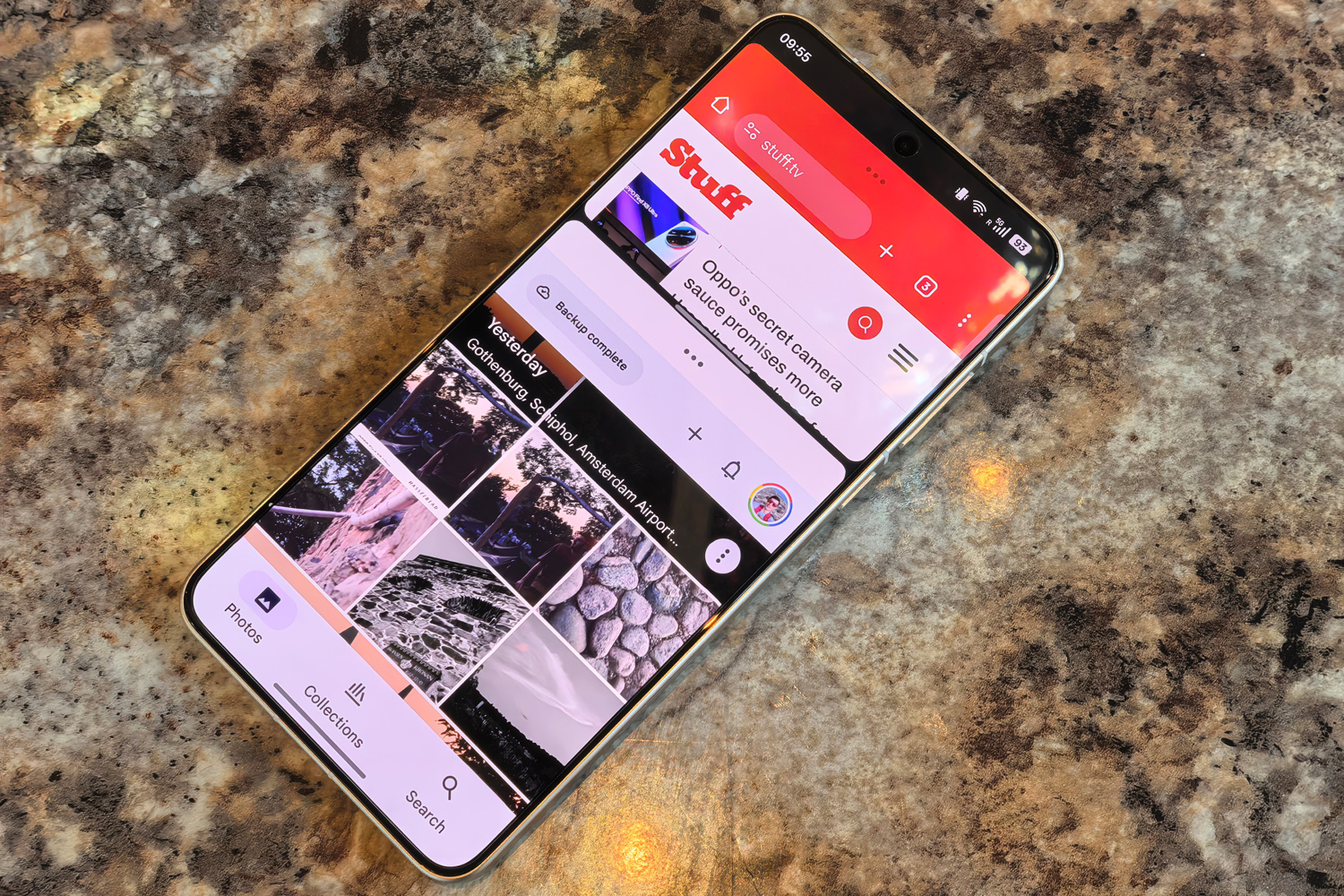
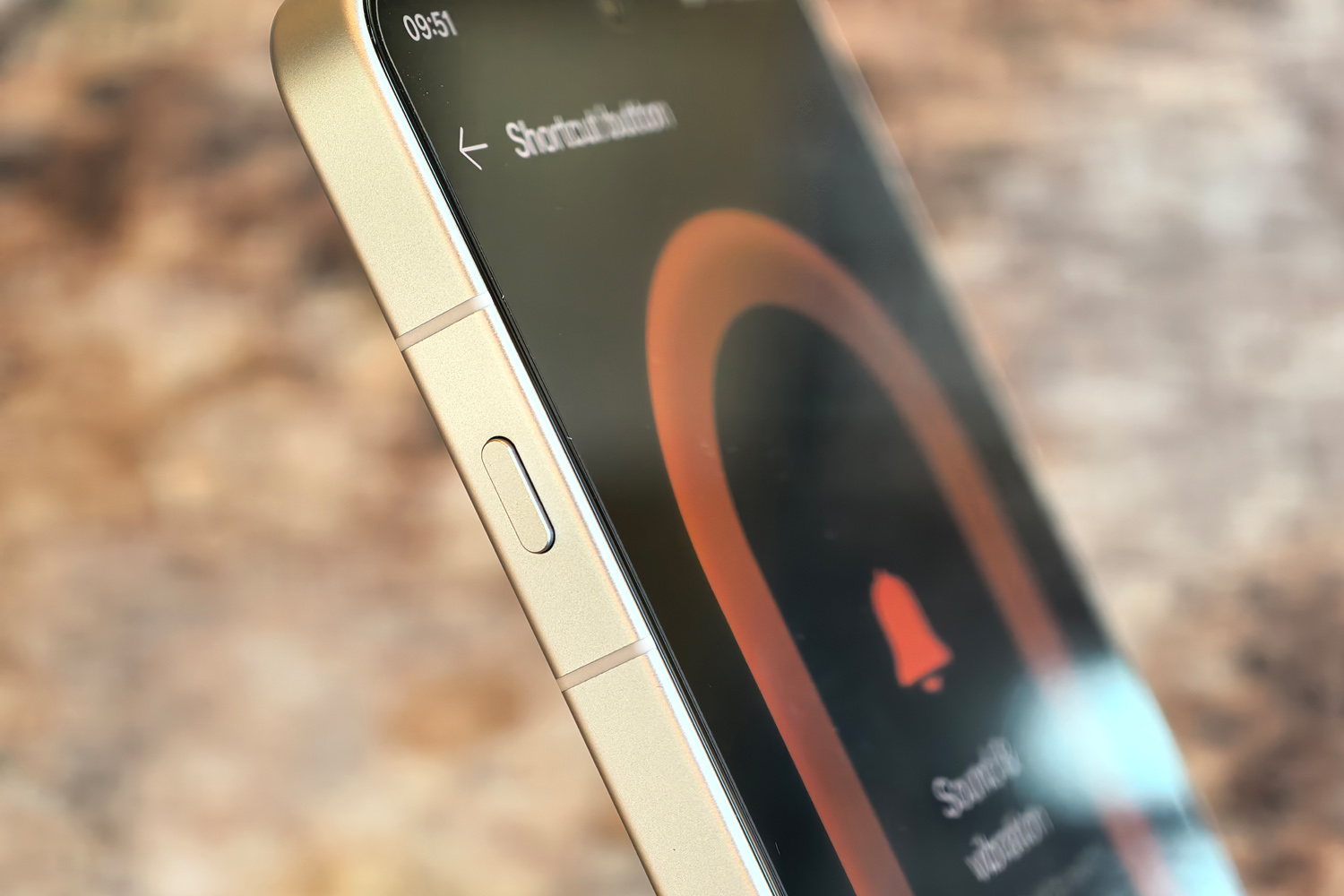
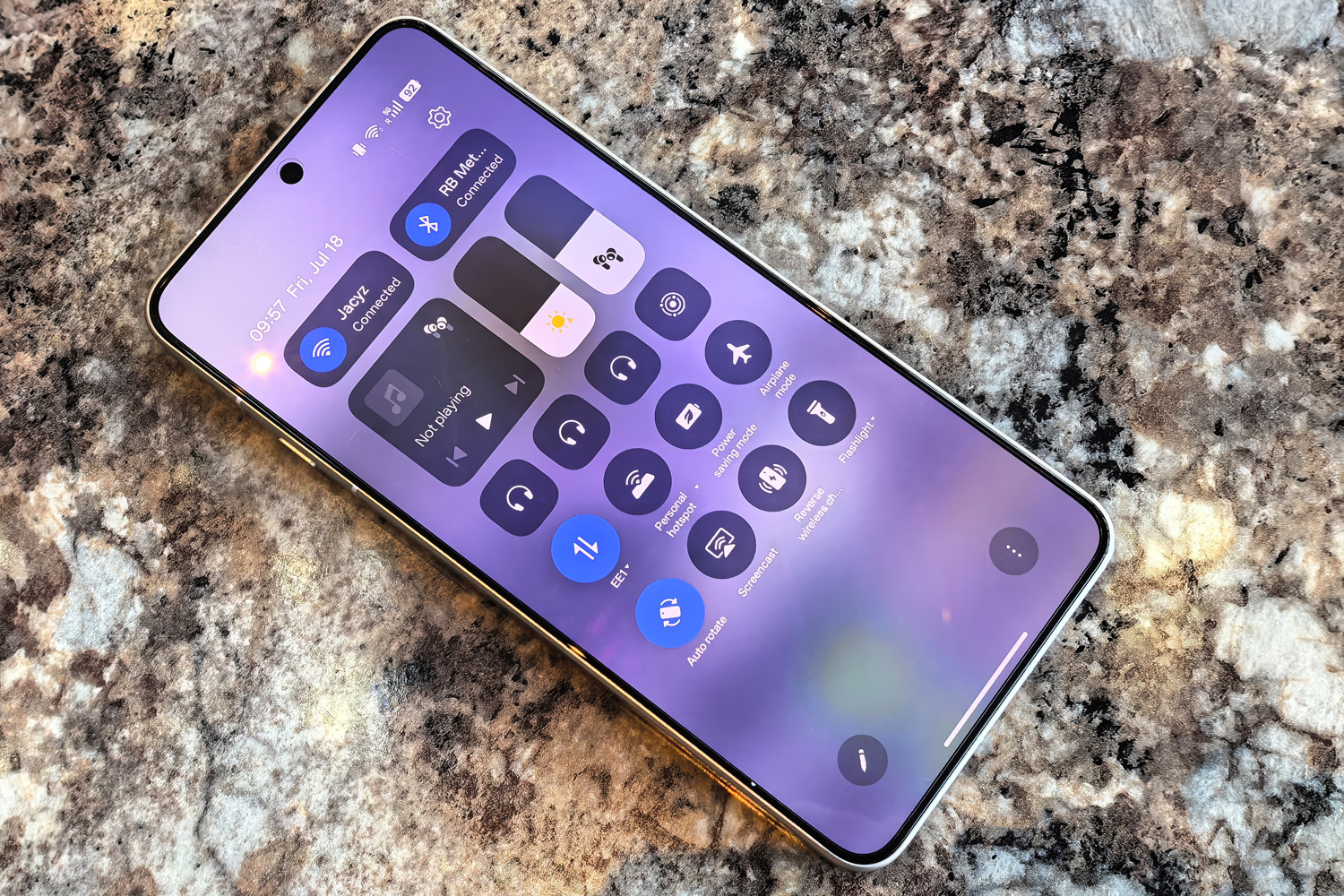
If I’ve mostly painted a pretty picture of this phone up to now, the Oppo Find X8 Ultra sadly comes undone on the software side. Or at least it does if you don’t live in China. As it isn’t officially sold anywhere else, you can only get one with a version of Android 15 aimed at the domestic market, meaning a lot of the features Westerners take for granted are missing – often permanently.
Oppo does admittedly do more to help the situation than some rivals, with some low-level Google functionality buried in the Settings menu. That means Android Auto and Google Wallet are both on board, once you’ve side-loaded the Play Store to install all the other apps you use on the daily. Once you do, the Find X8 Ultra feels a lot like the global Find X8 Pro variant – just with a significant amount of local market bloatware and AI-assisted apps you’ll need a translator to be able to use.
Even after a lot of tweaking, you still can’t swap the shortcut that wakes the firm’s Breeno digital assistant to Google Gemini, and a long-press on the navigation bar wakes the Breeno take on Circle to Search instead of Google’s own. There’s no Google Discover a swipe away from the homescreen (unless you use a third-party launcher) and a double-press of the power button is hard-wired to Oppo’s contactless payment app. Wear OS smartwatches sold in Western markets are seemingly incompatible, too.
Oppo’s aggressive memory management and notification silencing are seemingly universal, as even with the phone set to ring rather than vibrate, a lot of messages and apps simply wouldn’t ping up. I found I would check apps more frequently than with other phones, as I was never convinced the status bar had up-to-date info.
Five years of new Android generations and six years of security updates is a decent effort in terms of software support, though Samsung, Google and Honor remain your best bets if you want to hold onto your handset for the long-term.
Oppo Find X8 Ultra verdict
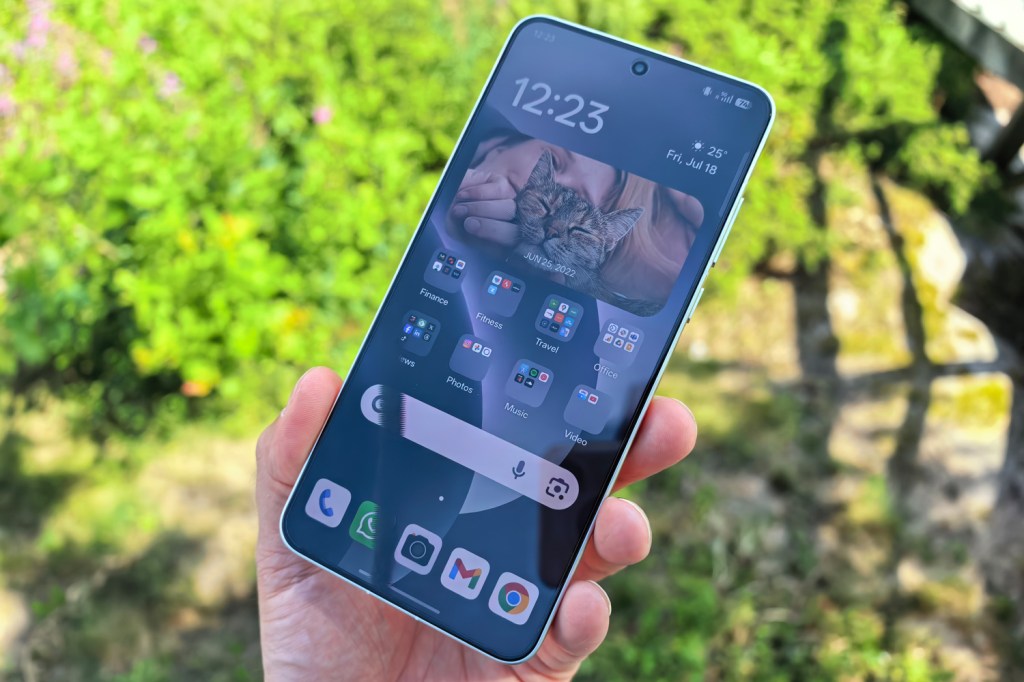
Had Oppo launched the Find X8 Ultra worldwide, it would surely have scored a full five stars here. This is an exceptional smartphone, with some of the best rear cameras you’ll find anywhere. Regardless of zoom level and lighting conditions, this is a photography powerhouse that shows what can be achieved when you go all out on top-tier sensor hardware. The silicon-carbon battery also has outstanding staying power, even when tasked with powering Qualcomm’s fastest silicon and an impressively bright display.
Sadly, though, it’s only on sale in China. Even if you went to the trouble of importing one, the software won’t play nicely with some things Western devices take for granted, like pairing with Wear OS watches, Gemini voice commands, and Circle to Search. You’ll never truly be able to strip out all the region-specific apps and settings, either.
As the Xiaomi 15 Ultra is more readily available in Europe and beyond, it’s simply easier to recommend to keen phone photographers.
Stuff Says…
Comfortably one of the best cameraphones you can buy in 2025, with top-tier power and longevity. The Oppo Find X8 Ultra’s China exclusivity and region-specific software sadly hold it back, though.
Pros
Astonishingly clear photos in all lighting conditions
Flagship-grade performance and fantastic battery life
Gorgeous flat OLED display
Cons
Only officially available in China
Regional software restricts things like Wear OS support
Camera button feels a bit “me too”
Oppo Find X8 Ultra technical specifications
| Screen | 6.82in, 3168×1440 AMOLED w/ 1-120Hz |
| CPU | Qualcomm Snapdragon 8 Elite |
| Memory | 12/16GB RAM |
| Cameras | 50MP, f/1.8 w/ OIS, dual pixel PDAF + 50MP, f/2.1 periscope telephoto w/ OIS, PDAF, 3x optical zoom + 50MP, f/3.1 periscope telephoto w/ OIS, PDAF, 6x optical zoom + 50MP, f/2.0 ultrawide w/ PDAF rear 32MP, f/2.4 w/ PDAF front |
| Storage | 256GB/512GB/1TB |
| Operating system | Android 15 w/ ColorOS (China version) |
| Battery | 6100mAh w/ 100W wired, 50W wireless charging |
| Dimensions | 163x77x8.8mm, 226g |

